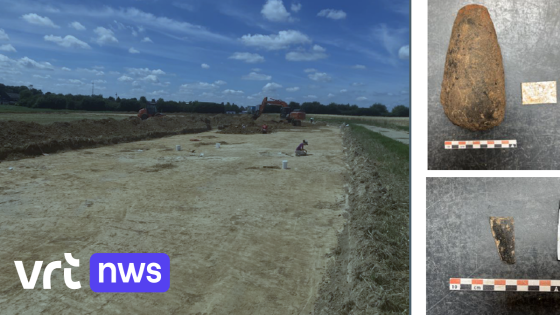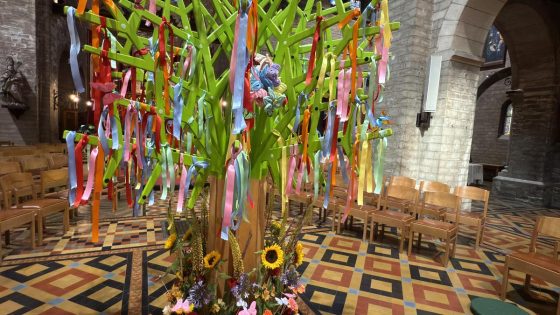The Slag bij Lafelt remains a significant chapter in Belgian history, marking a fierce confrontation during the Austrian Succession War. This battle, fought near the village of Lafelt in Riemst, saw French forces clash with the allied troops of the Southern Netherlands, Austria, and the Dutch Republic. On 2 July 1747, around 150,000 soldiers faced off in a struggle that would influence control over the region surrounding Maastricht.
- Slag bij Lafelt vond plaats in 1747
- Fransen veroverden strategische hoogten bij Herderen
- Geallieerden bezetten Alden Biesen en Rosmeer
- Ierse brigade brak geallieerde linies door
- Franse overwinning leidde tot verdere opmars
- Slag veroorzaakte zware verliezen en bloedvergieten
Recorded in historical accounts on 2025-08-09 14:02:00, the battle is also known as the Battle of Maastricht, highlighting the strategic importance of this nearby city. The combat centered on Lafelt, a natural fortress with steep slopes and dense hedges, making it a tough target to seize. The French ultimately triumphed, gaining ground and forcing the allies to retreat.
What made the Slag bij Lafelt so decisive? And how did it impact the local communities involved? The answers shed light on the battle’s brutal nature and its lasting significance in Belgian military history.
This battle raises important questions about military strategy and local resilience. Why was Lafelt so fiercely contested? The natural defenses made it a key position, while the heavy casualties reflect the intense fighting. Consider these points:
- The French secured high ground at Herderen early on, gaining tactical advantage.
- Allied forces held nearby villages but had to burn some preemptively to deny resources.
- An Irish brigade fighting for France broke through allied lines, tipping the battle.
- Casualty estimates range from 5,000 to over 16,000, underscoring the battle’s brutality.
As Belgium continues to explore and commemorate its rich past, revisiting battles like Lafelt invites reflection on how historical conflicts shaped local identities. How can communities today honour this legacy while promoting peace and unity? The story of Lafelt encourages US to learn from history as we move forward.































